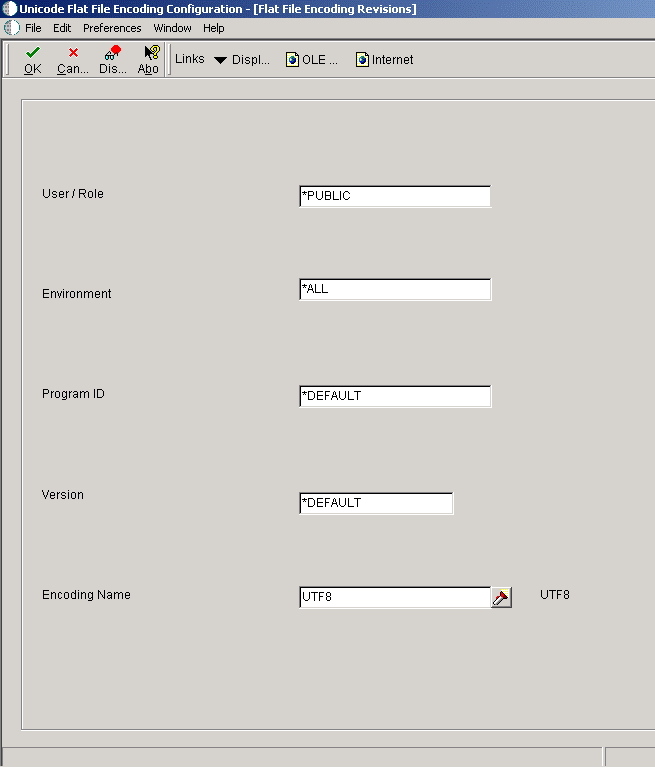

One person said he couldn’t see the gradient symbol, but the rest of the feedback was positive. I also asked followers whether they could see the math symbols ∂ (partial, U+2202), Δ (Delta, U+0394), and ∇ (gradient, U+2207). One person said none of the symbols show up on his Blackberry. However, several were unable to see the natural sign from an Android phone, whether using a browser or a Twitter app. Most people could see all three symbols, from desktop or phone, browser or Twitter app. I asked whether people could see ♭ (flat, U+266D), ♮ (natural, U+266E), and ♯ (sharp, U+266F). I’m starting a Twitter account and so I wanted to know whether I could count on followers seeing music symbols.

When you use any slightly uncommon character, you have no guarantee someone else will be able to see it. If (selectednote.includes('\u266d') || selectednote.Unicode is supported everywhere, but font support for Unicode characters is sparse. when the selected note contains the problematic signs, return the adjusted spacing/padding.īind the computed style to the 's styles. Use a computed prop that returns the styles needed to adjust letter-spacing and padding. Use a v-model on the to capture the selected note. you'd only want to do this conditionally for the affected signs, so use a computed prop that returns the necessary letter-spacing and padding: You could workaround the issue by adjusting the 's letter-spacing with a negative value (to bring the characters closer together, thus reducing the gap), and compensating for the reduced width with padding on the right. the sharp, double sharp, and double flat signs are unaffected in my tests. the problem also only affects the flat ( \u266d) and natural ( \u266e) signs. firefox 91 on macos renders it correctly. This seems to be a rendering issue in chrome 96 on macos (and possibly other chromium-based browsers and other operating systems).


 0 kommentar(er)
0 kommentar(er)
